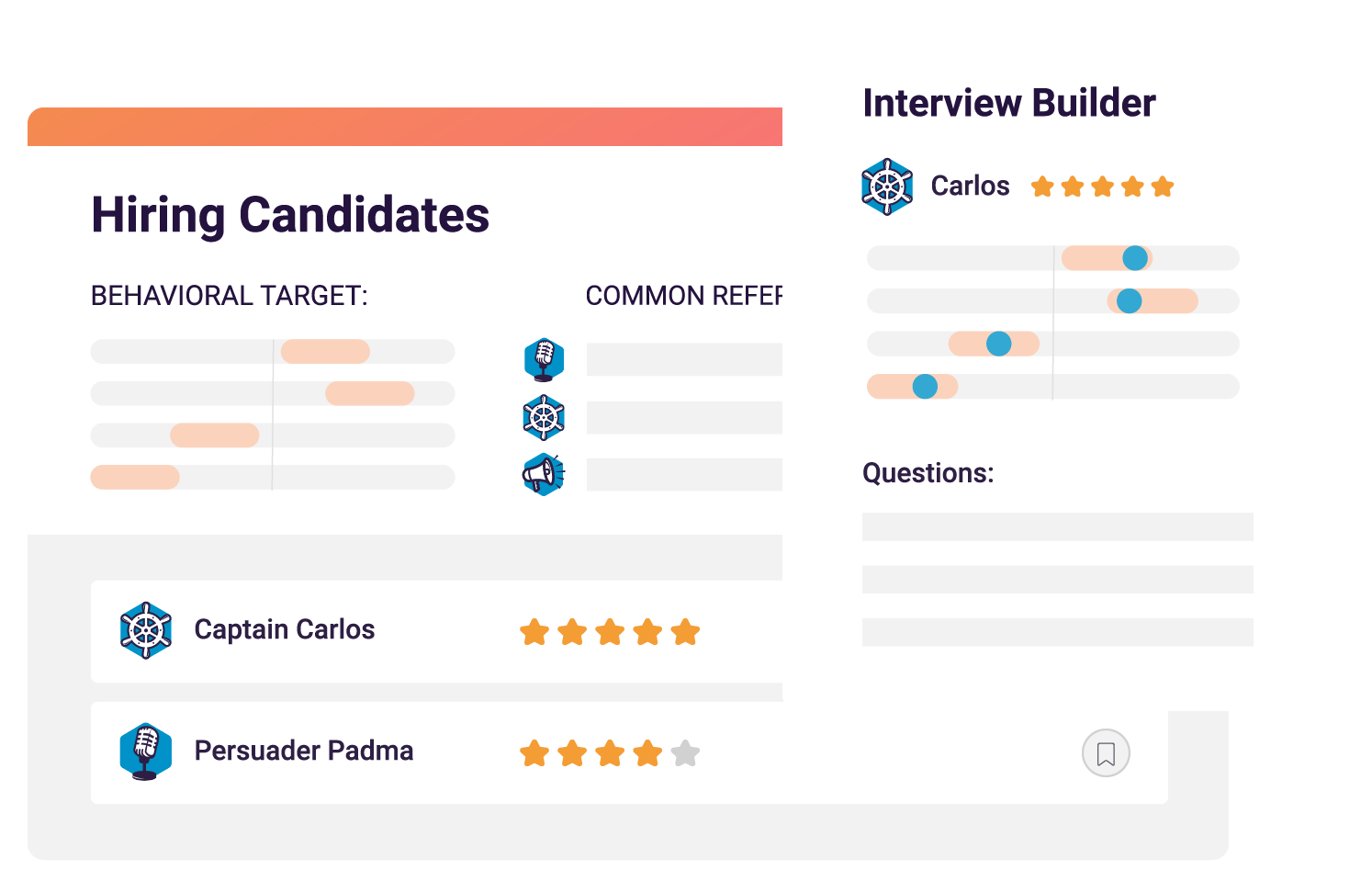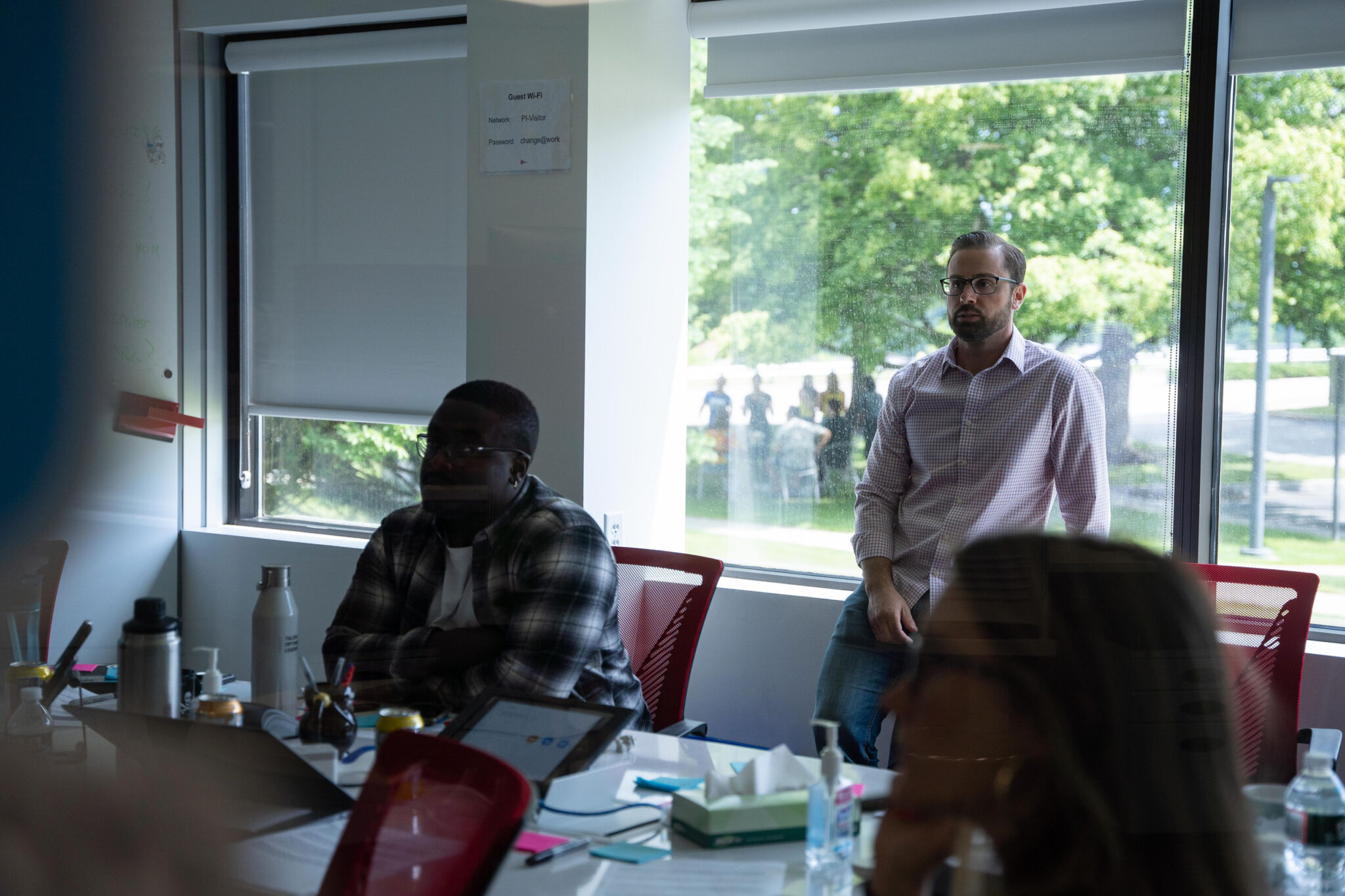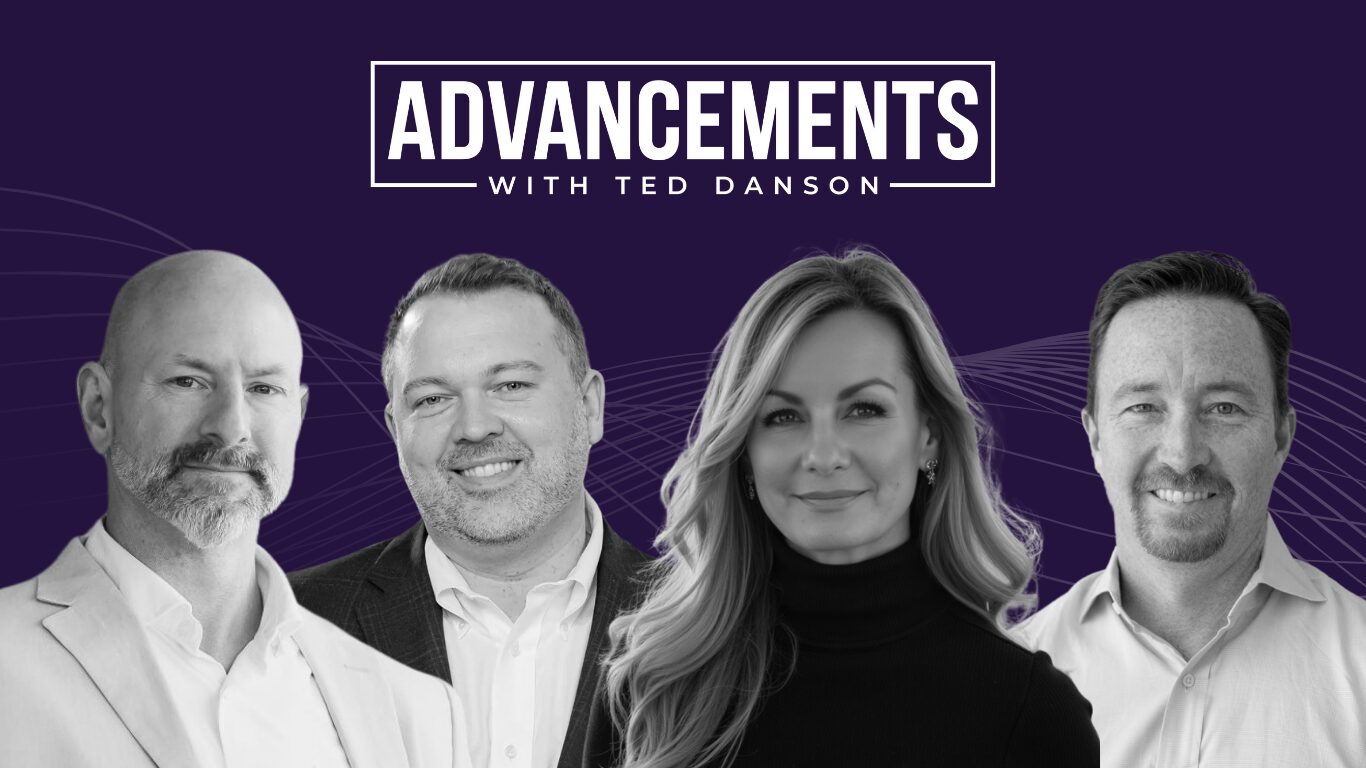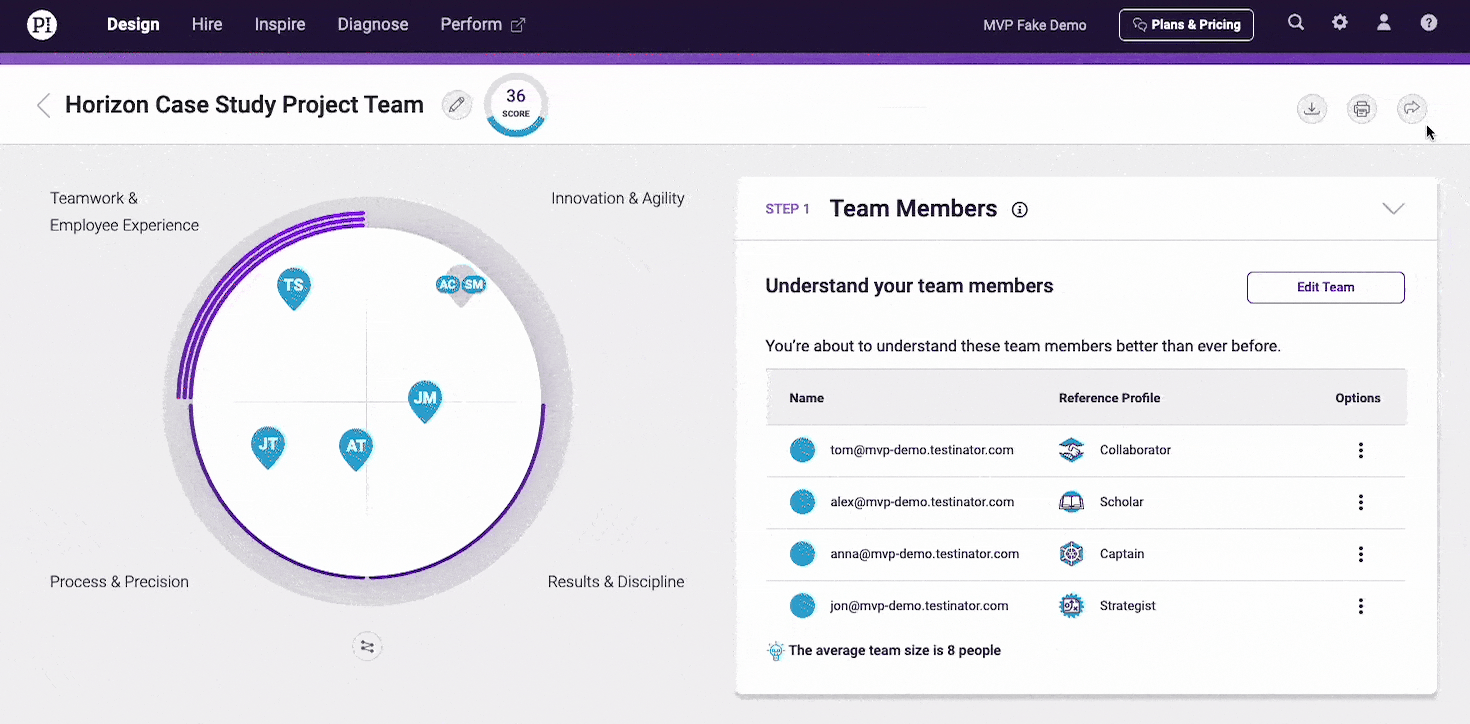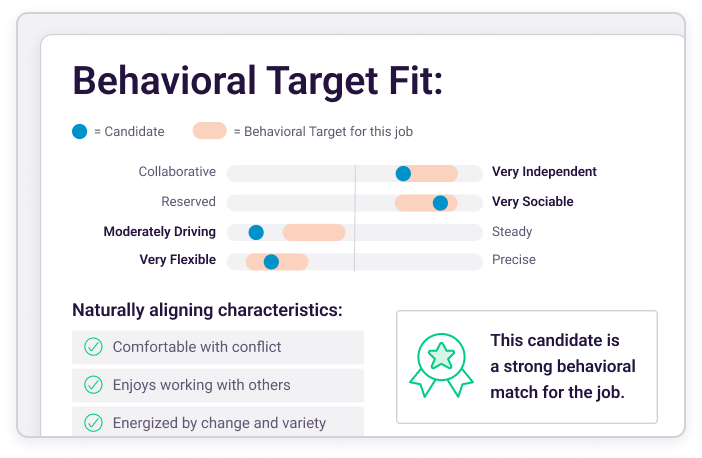Getting the most out of your workforce plan means evolving with the needs of the organization and its talent pool.
Implementing a well-defined workforce plan is an important step for any company that hopes to effectively manage its workforce through periods of growth and change. To get the most out of your workforce plan, it needs to be designed to support specific strategic objectives and evolve with the needs of the organization and its talent pool.

Narrow your approach to your workforce plan.
The term “workforce plan” is very broad on its own, and it can potentially encompass anything from instituting new staffing software to completely overhauling job categories and strategic goals. If you expect your workforce plan to yield tangible results you need to have a very clear and targeted understanding of what you aim to accomplish with it.
For instance, if you’ve been concerned about employee turnover, your workforce plan may include a comprehensive overhaul of your recruiting strategy and the technological tools used in its service. Or, if you’re hoping to standardize, modernize, and update your employee data infrastructure, you could focus solely on implementing best practices for data management and collection.
Learn a simple framework for reaching maximum velocity, and build a workforce fully aligned with your growth plans and objectives with our Growth by Design webinar.
Join 10,000 companies solving the most complex people problems with PI.
Hire the right people, inspire their best work, design dream teams, and sustain engagement for the long haul.
Align your workforce plan with your overall business goals.
Talent management is just like any other business unit: any strategic initiatives must be aligned with the overarching organizational goals in order to be optimally-effective. Misalignment between plans and business goals is problem that plagues myriad companies, from small operations to industry giants. If you fail to align them, you’ll have a core function of the business that is using valuable resources to push against the strategic objectives of the company as a whole.

Keep the lines of communication open.
In order for your workforce plan to have maximum impact on the company’s strategic objectives, you have to communicate regularly and reliably to ensure that disparate factions are on the same page. This entails being open and honest with employees on all levels of the organizational chart about the reasons for the workforce plan, the methods that will be used in its implementation, and the ultimate goals for the initiative. Create detailed materials for employees who may want to keep documents around for review, and designate representatives who can be available to answer questions as often as possible.
Make a commitment to improving the steps in your workforce planning process.
If the end goal is for your workforce plan to positively support your strategic initiatives, you have to make a concerted effort to measure your results in accordance with your organizational goals. Decide on several relevant KPIs for your workforce plan early in the planning stages, and dedicate yourself to gathering high-quality data at every step of the process. You can then compare your data with metrics that are attached to other various strategic goals in order to determine if your workforce plan is having the desired effect. There will always be room for improvement, but if you’re diligently measuring your results and being honest with yourself about the direction of the program, you will always be able to make meaningful adjustments.

